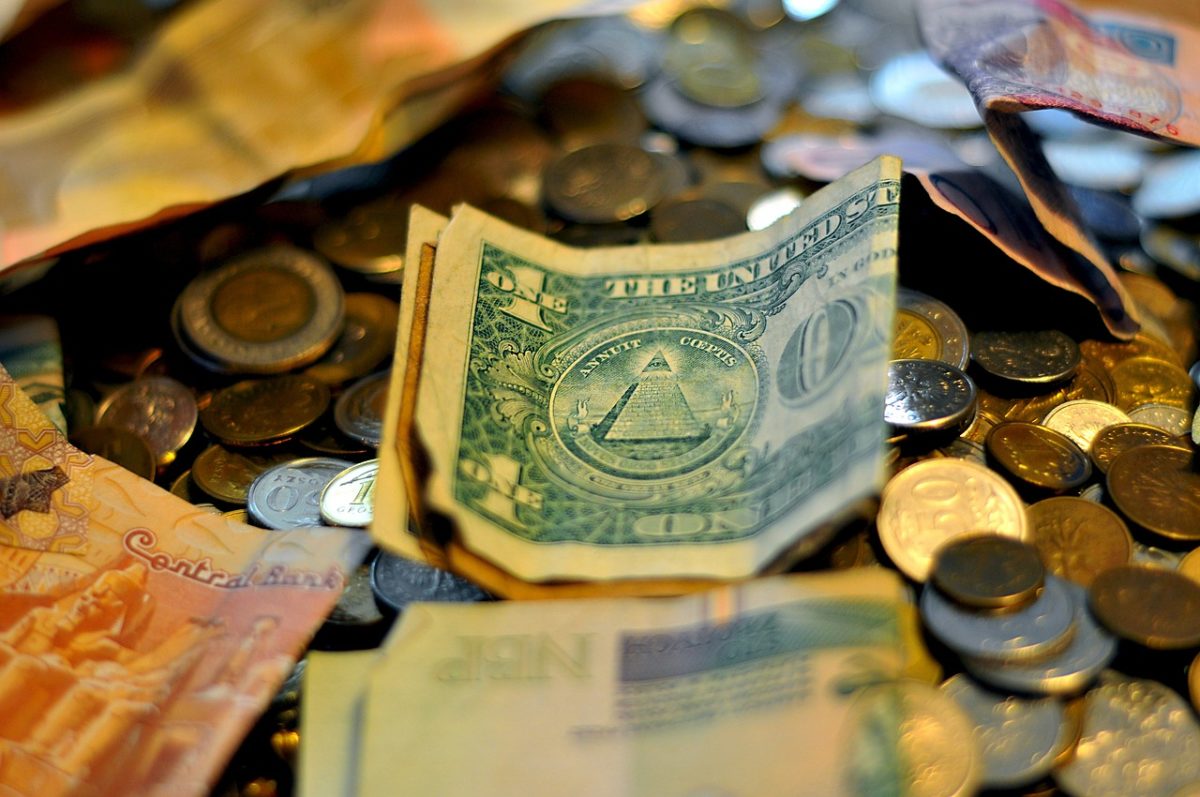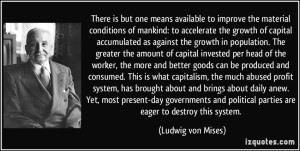submitted by jwithrow.
Click here to get the Journal of a Wayward Philosopher by Email
Journal of a Wayward Philosopher
Monetary History in Ten Minutes
August 23, 2016
Hot Springs, VA
“Money, moreover is the economic area most encrusted and entangled with centuries of government meddling. Many people – many economists – usually devoted to the free market stop short at money. Money, they insist, is different; it must be supplied by government and regulated by government. They never think of state control of money as interference in the free market… If we favor the free market in other directions, if we wish to eliminate government invasion of person and property, we have no more important task than to explore the ways and means of a free market in money.” – Murray Rothbard
The S&P closed out Tuesday at $2,183. Gold closed at $1,343 per ounce. Crude Oil closed at $46.81 per barrel, and the 10-year Treasury rate closed at 1.58%. Bitcoin is trading around $585 per BTC today.
Dear Journal,
Little Maddie is rapidly approaching her second birthday, and I swear she is going on twelve. Like her mother, Madison is quite adept at the art of talking, and she communicates with us very well. This makes life so much easier when she tells us exactly what she wants for dinner; it makes life just a touch more difficult when she wakes up in the wee hours of the morning and tells us she wants to watch Mickey Mouse.
While this seems terribly inconvenient to her parents now, I can only imagine how immaterial it will seem when Maddie is a teenager and we just hope she comes home before the wee hours of the morning. Nevertheless, it all makes perfect sense when she looks up at us with her blue eyes shining bright and says I love you sooo much!
Moving on to finance… Continue reading “Monetary History in Ten Minutes”


